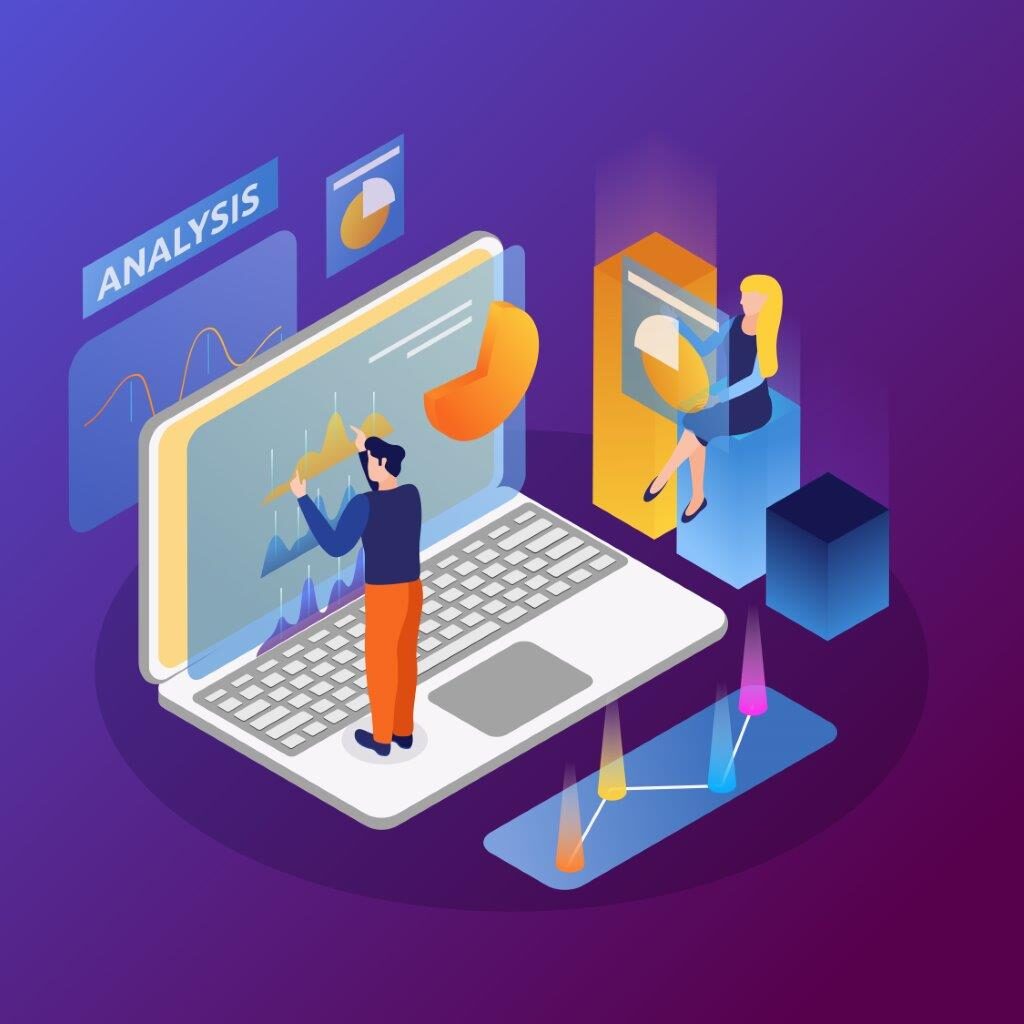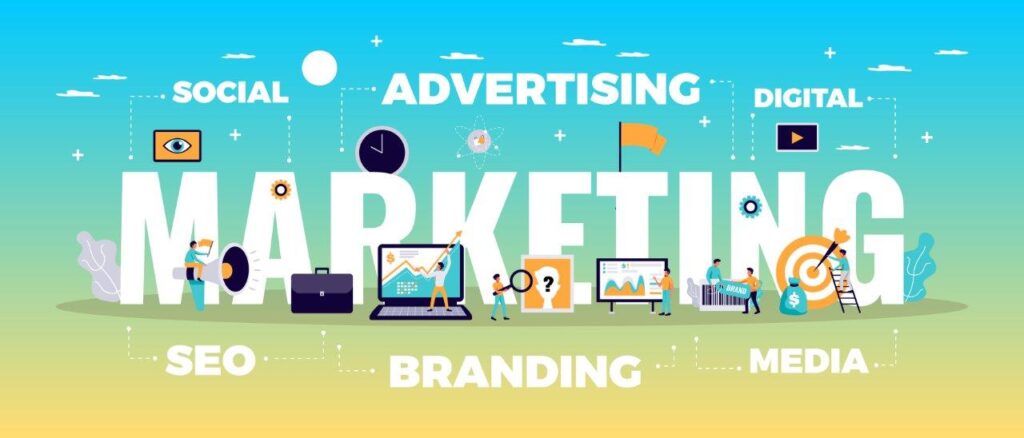In recent years, influencer marketing has become an increasingly popular marketing strategy for businesses and brands. Influencer marketing involves partnering with individuals who have a strong social media following to promote a brand’s products or services.
While influencer marketing can be a highly effective way to reach a targeted audience, it’s essential to optimize campaigns for maximum impact. This is where data analytics comes in. In this article, we will explore the role of data analytics in influencer marketing campaign optimization.
Why Data Analytics is Important in Influencer Marketing
Data analytics is critical to the success of influencer marketing campaigns because it allows businesses to measure the effectiveness of their campaigns and optimize them for maximum impact. By tracking key metrics such as engagement rates, reach, and conversions, businesses can gain insights into what’s working and what’s not. This data can then be used to make informed decisions about future campaigns and to adjust existing campaigns for better results.
One of the primary benefits of data analytics in influencer marketing is that it allows businesses to identify which influencers are most effective at reaching their target audience. By analyzing metrics such as engagement rates and reach, businesses can determine which influencers are driving the most traffic to their website, generating the most leads, and converting the most sales.
Another key benefit of data analytics in influencer marketing is that it enables businesses to track the performance of their campaigns over time. By monitoring metrics such as engagement rates and conversions, businesses can identify trends and patterns in how their campaigns are performing. This data can then be used to adjust campaigns in real-time to optimize for better results.

Data Analytics Tools for Influencer Marketing Campaign Optimization
To make the most of data analytics in influencer marketing, businesses need to use the right tools. Here are some of the key data analytics tools that businesses can use to optimize their influencer marketing campaigns:
Google Analytics: Google Analytics is a free web analytics service that allows businesses to track website traffic and user behavior. By integrating Google Analytics with influencer marketing campaigns, businesses can track how much traffic is being generated by each influencer and which influencers are driving the most conversions.
Influencer Marketing Platforms: Many influencer marketing platforms come with built-in analytics tools that allow businesses to track the performance of their campaigns. These tools typically provide detailed insights into engagement rates, reach, and conversions, making it easy to identify which influencers are delivering the best results.
Social Media Analytics: Most social media platforms, including Instagram and Twitter, have their own analytics tools that businesses can use to track the performance of their influencer marketing campaigns. These tools provide insights into key metrics such as engagement rates and reach, making it easy to identify which influencers are driving the most traffic and conversions.
Using Data Analytics to Optimize Influencer Marketing Campaigns
Once businesses have access to the right data analytics tools, they can begin to optimize their influencer marketing campaigns. Here are some of the key strategies that businesses can use to optimize their campaigns using data analytics:
Set clear goals:
Before launching an influencer marketing campaign, businesses need to set clear goals and objectives. These goals should be measurable and tied to specific metrics such as engagement rates, reach, and conversions. By setting clear goals, businesses can use data analytics to track their progress towards these goals and adjust their campaigns accordingly.
Identify the most effective influencers:
By analyzing data such as engagement rates and reach, businesses can identify which influencers are most effective at reaching their target audience. This data can then be used to allocate resources more effectively and to adjust campaigns for better results.
Optimize campaigns in real-time:
By monitoring key metrics such as engagement rates and conversions in real-time, businesses can adjust their campaigns as needed to optimize for better results. This might involve adjusting the messaging or creative elements of a campaign or reallocating resources to influencers who are generating better results.
Test and refine campaigns:
Data analytics can also be used to test and refine influencer marketing campaigns over time. By running A/B tests, businesses can determine which messaging, creative elements, and influencers are most effective at driving traffic and conversions. This data can then be used to refine campaigns for better results in the future.
Use data to make informed decisions:
Finally, businesses should use data analytics to make informed decisions about future influencer marketing campaigns. By analyzing trends and patterns in how their campaigns are performing, businesses can identify opportunities for improvement and make data-driven decisions about which influencers to partner with in the future.
Data analytics plays a critical role in the optimization of influencer marketing campaigns. By tracking key metrics such as engagement rates, reach, and conversions, businesses can gain valuable insights into how their campaigns are performing and adjust them for maximum impact.
To make the most of data analytics in influencer marketing, businesses should set clear goals, identify the most effective influencers, optimize campaigns in real-time, test and refine campaigns, and use data to make informed decisions about future campaigns. By doing so, businesses can drive more traffic, generate more leads, and increase conversions through influencer marketing.


